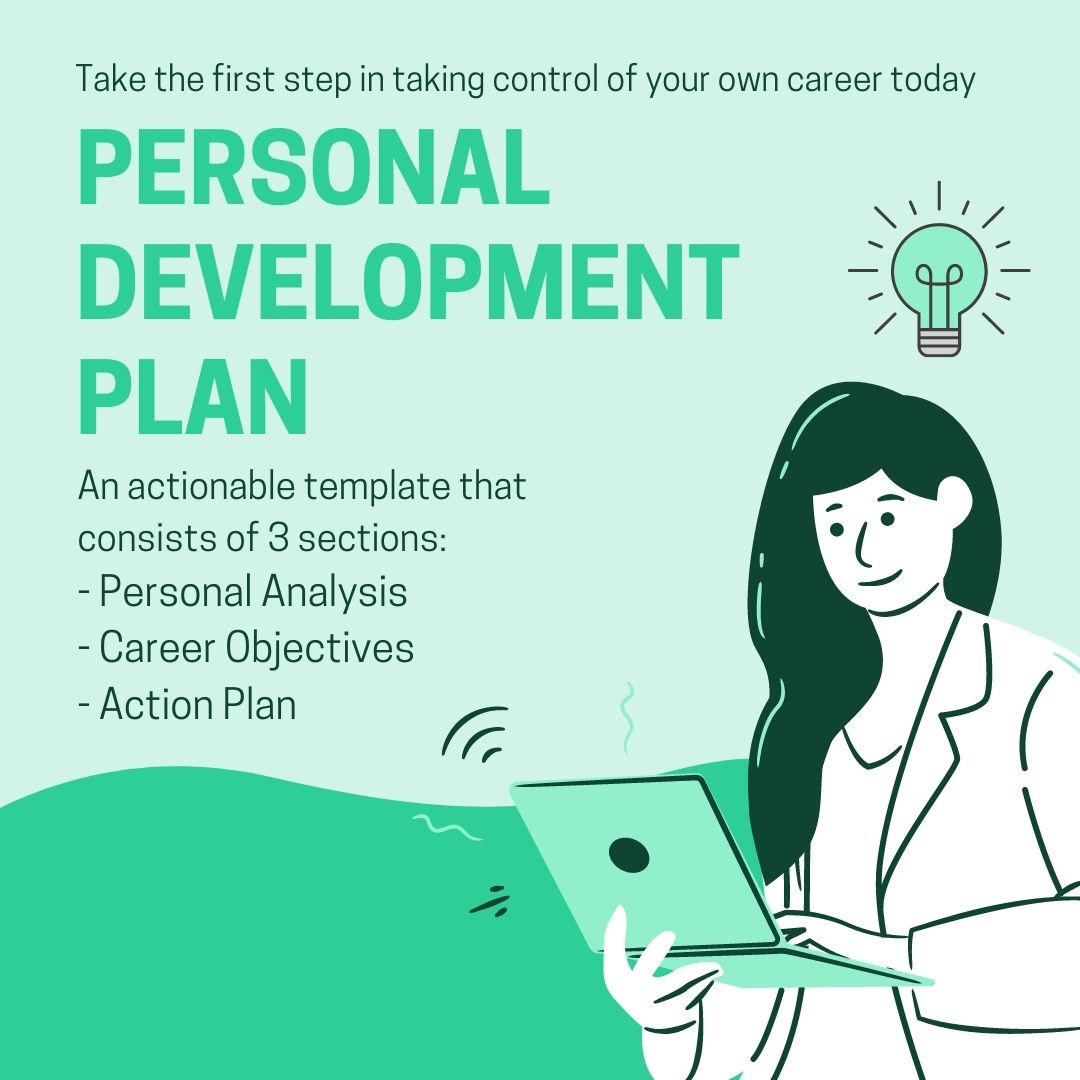I feel like a broken record but unfortunately, we are not making enough progress to be truly inclusive and equitable for women in tech. I say we because I believe all of us, especially engineering managers, are responsible for it. While there is more awareness about the lack of women in tech, engineering managers seem to spend so much time learning about the problems than thinking of and implementing sustainable solutions.
To create an inclusive and equitable workplace, engineering managers need to understand common challenges faced by women in tech and take actions. So without any further ado, let’s take a look at eight common challenges and how managers might eliminate these challenges for their underrepresented team members.
Challenge #1: Not feeling good enough in their jobs
The Tech industry is a complex environment, there are new technologies, new frameworks, and new practices coming out every day. Normalizing that they are not expected to know everything and they can figure things out will help. For new hires and team members, their managers should give them early wins and reiterate things that they’ve done well.
Challenge #2: Not having strong social connections with team members
Many tech companies have begun their remote work journey since Covid-19 and almost three years on, many are continuing this journey in some shape and form. Regardless of whether a company calls itself hybrid or fully remote, it has not been easy for employees. None of us have figured it all out, especially when it comes to replicating the social aspect of work. Social time tends to focus on activities that the majority wants, which are more geared towards games. Encouraging diverse and hobby-focused activities that are more gender-neutral such as painting, cooking, or photography could help underrepresented team members build social capital with the rest of the team.
Challenge #3: Not speaking up in meetings
This is an easy solution, but it does require conscious effort. The solution is as simple as giving every participant in meetings a chance to speak out. If the facilitator goes around the room in order and set the expectation up front, it helps.
Challenge #4: Not being put up for visible assignments and stretch opportunities
Underrepresented folks often feel uncomfortable putting their hands up. For visible assignments and stretch opportunities, managers should ensure there is always at least one underrepresented folk being considered for such assignments.
Challenge #5: Not having the confidence to challenge ideas
Providing them extra support behind the scenes 1:1 as well as asking for their point of view in 1:1s and advocating for them will make them feel heard.
Challenge #6: Not being treated in the way they want
Underrepresented folks get treated differently due to the other party not knowing how to treat them. Education and awareness of unconscious bias are needed. Note: Maybe some want to be treated differently. Or some want to be treated the same. Unless you spend time getting to know them, you won’t know their preference.
Challenge #7: Being the one (and often, the only one) doing mundane work
Underrepresented folks often end up doing glue work such as organizing stuff, planning social things, general team admin, and not to mention, DEI outreach. They also do a lot of necessary but mundane work such as cleaning up old code, investigating failures, alerts, etc. With this kind of work, underrepresented folks often take this on as it can make them feel like they are contributing to something they are good at, especially if they aren’t confident about their technical skills. As a result, they end up doing glue work to feel like they are doing something of value and are contributing positively to their team. Managers should ensure glue work is distributed equally. Making sure they are getting recognition for technical contributions first and foremost will also help.
Challenge #8: Not enough representation
This is the biggest issue and the hardest one to solve. Underrepresented folks feel like there is nobody just like them in the room, and often they are not wrong. They don’t have people like them they can talk to or look up to. We need to bring more diverse people to the mix when we have an opportunity to hire and promote.
Culture fit or culture add?
I was recently asked this question; should tech companies hire for culture fit or culture add?
I vote for cultural add, however, companies should be conscious about retaining these folks, ensuring that they are set up for success and feel a sense of belonging.
As a woman in tech, I know for a fact that underrepresented folks feel like there is nobody just like them in the room, and often they are not wrong. They don’t have people like them they can talk to or look up to.
This is a hard mental burden to cope with and it has an impact on employee engagement and career growth opportunities.
So, culture add is great, but only if the companies and managers are committed to creating an inclusive and equitable workplace.

